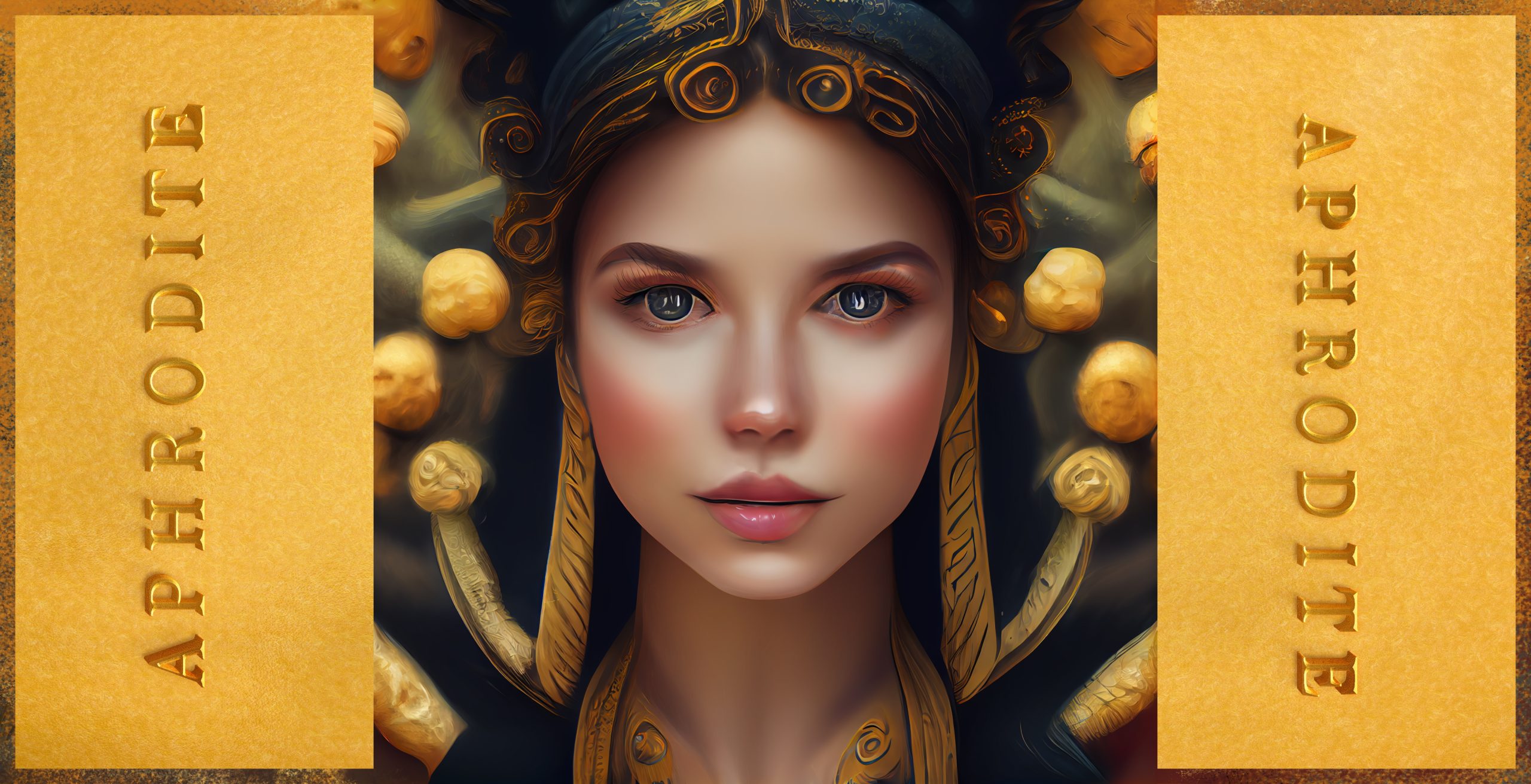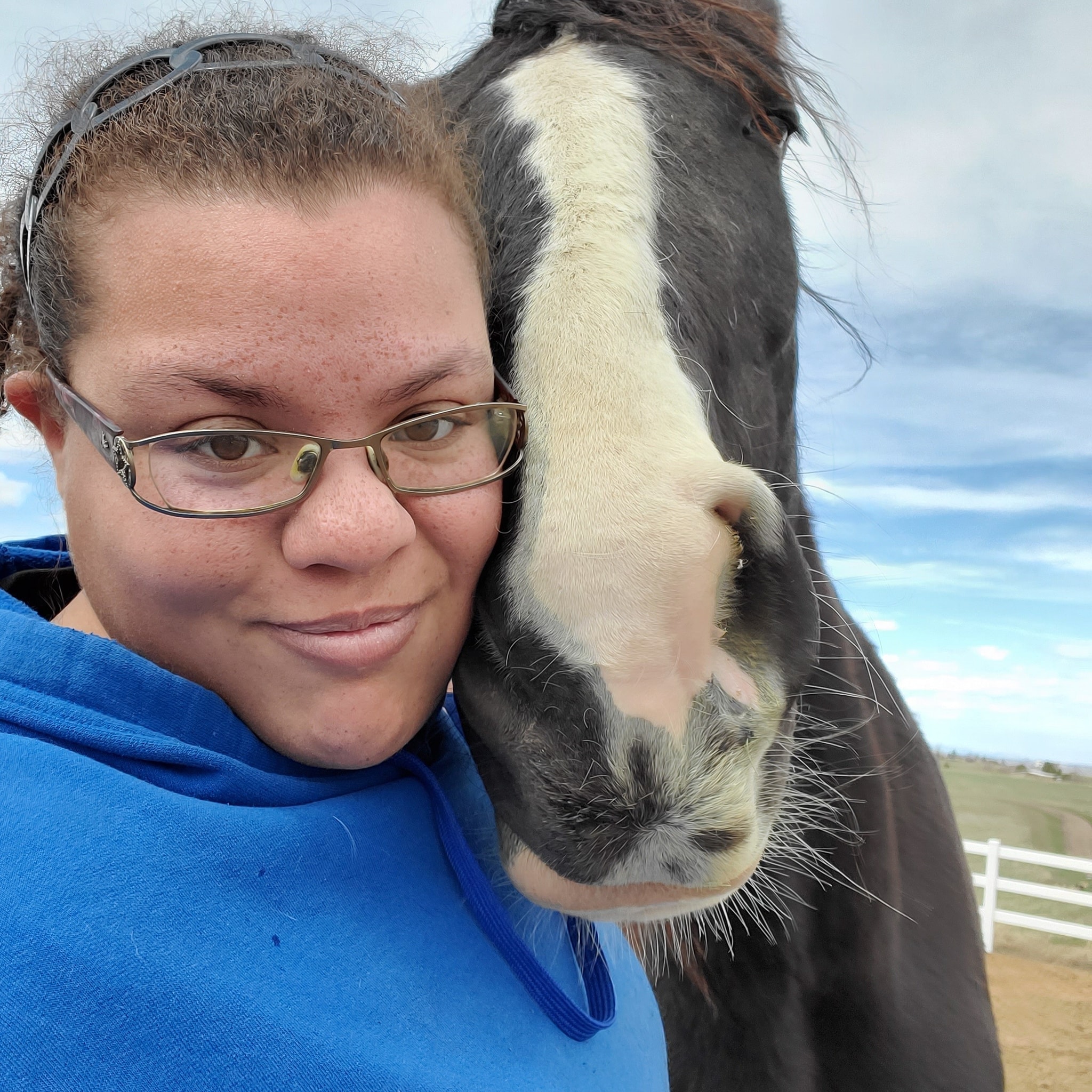Traditionally Imbolc is associated with the goddess Brighid, but here are other gods and goddess that are associated at this time of year. Thanks to festivals like Lupercalia and Valentines, many of the gods and goddesses are associated with love and fertility.
Aradia: Italian/Tuscan = The American florist published a book in 1889 that claimed to be a religious text belonging to a group of Tuscan witches. The Gospel of Witches states that Aradia was the daughter of Diana and Lucifer. She was a Moon goddess that after descending to earth became the first witch. Aradia is known as a maiden or virgin goddess.
Anu: Celtic/Irish = I’m Irish folklore Anu is an Earth goddess from whom all life came into being. She is seen to embody all that exists in nature, from the highest peaks to the deepest oceans.
Aengus: Celtic/Irish = Aengus is known as the Young One and is the God of Love, Poetry, and Youth. Aengus is the son of he Dagda, and chief among bards of the Tuatha de Denan. He inspired kings, charmed women and tricked his enemies.
Arianrhod: Celtic/Welsh = Arianrhod was the Welsh Star Goddess of Reincarnation, and by many a Moon goddess Arianrhod is associated with music, the arts and Manifestation. Stories of Arianrhod speak of how she resides in a star where souls wait for rebirth. She needed no protection from a man, or to be provided for by a man – and in some cases this was a way to classify a goddess as a virgin.
Aphrodite/Venus: Greek/Rome = At some point in history the tales of Aphrodite synchronized with the stores of Venus. Aphrodite was the Greek goddess of Love, beauty, passion and procreation. Venus is the Roman Goddess of Love, beauty, desire, sex, fertility, prosperity and victory.
Audumbla: Norse/Germanic = Audumbla was the primeval cow that was formed from the vapour at creation. From her udders flowed four rivers, from which she fed Ymir. In the process of nourishing herself she licked a rock into the shape of a man, who would become Buri, Odin’s grandfather.
Bastet: Egyptian = Bast(et) is the Egyptian cat Goddess, and while she began life like a lioness, as the years passed in Ancient Egypt she became a gentler, kinder and softer goddess, still fiercely protective – like a lioness with her cubs – she became a protector of mothers, childbirth and through the evolution of belief, she became associated with the hearth and the home.
Cerridwen: Celtic/Welsh = Ceridwen was best known as a goddess, a sorceress and a white witch over the centuries. She held the power of Awen. She has a great cauldron in which she makes potions that are reputed to be able to change lives. She has also been known as a goddess of creation and inspiration.
Eros: Greek = Eros is a god of love, more precisely, Eros is the god of physical desire. Eros is associated with the Roman god Cupid. Eros is depicted as a young god, carefree, crowned with Rose’s. He is also associated with the Goddess Aphrodite.
Faunus: Roman = Faunus is a rural deity that was identified with the Greek god Pan. Faunus is the god of the Forest and plains. He is one of the oldest gods in the Roman pantheon. He was known as Innus when he brought fertility to the cattle and other farm animals.
Gaia: Greek = Gaia is the Greek Primordial goddess, the mother of all the Greek pantheons. She embodies all the world from the heights of the skies to the depths of the seas. From Imbolc and the weeks leading up to the Spring Equinox, Gaia herself becomes more fertile and the land itself goes through the transformations that will bring forth the new life.
Terra Mater: Roman = Terra was the Goddess of the Earth, ecology, abundance, prosperity and fertility. Terra is the Roman equivalent of the goddess Gaia.
Cernunnos: Celtic = Cernunnos is the Celtic Horned God, and he is god of the forests, trees and vegetation. He is also associated with male animals – especially the stag – and fertility. In Wiccan traditions Cernunnos as the Horned God dies during the autumn/winter, and is resurrected at Imbolc so he can join with the Goddess and impregnate her. Cernunnos ‘ Greek counterpart is Pan, and his Roman counterpart is Faunus.
Vesta: Roman = is the Roman hearth Goddess, and she watched over the home and the family, like Brighid she was keeper of the fire and the Sacred Flame. She is most well known for her priestesses the Vestal Virgins whose role was to protect the flame that kept Rome safe.
Hestia: Greek = Hestia is the goddess of the hearth, home, fire, family, protection, architecture, domesticity and virginity. She is one of the Greek virgin goddesses. Hestia was the patron goddess of the household and was worshiped at the hearth of the home.
Ceres: Roman = is the Roman goddess of agriculture, and it is said that the word ‘cereal’ came from her name. She is known as the benefactor of farmers, who would plant their crops in her name, and those who were flourished, especially those who planted grains. Many held rituals before the spring to ensure the fields were fertile and ready for the crops to be planted. Isis: Egyptian = Isis was a multi-faceted goddess, on one hand she was a magical healer and a protector of the dead. She was also a goddess of marriage, fertility and motherhood.



